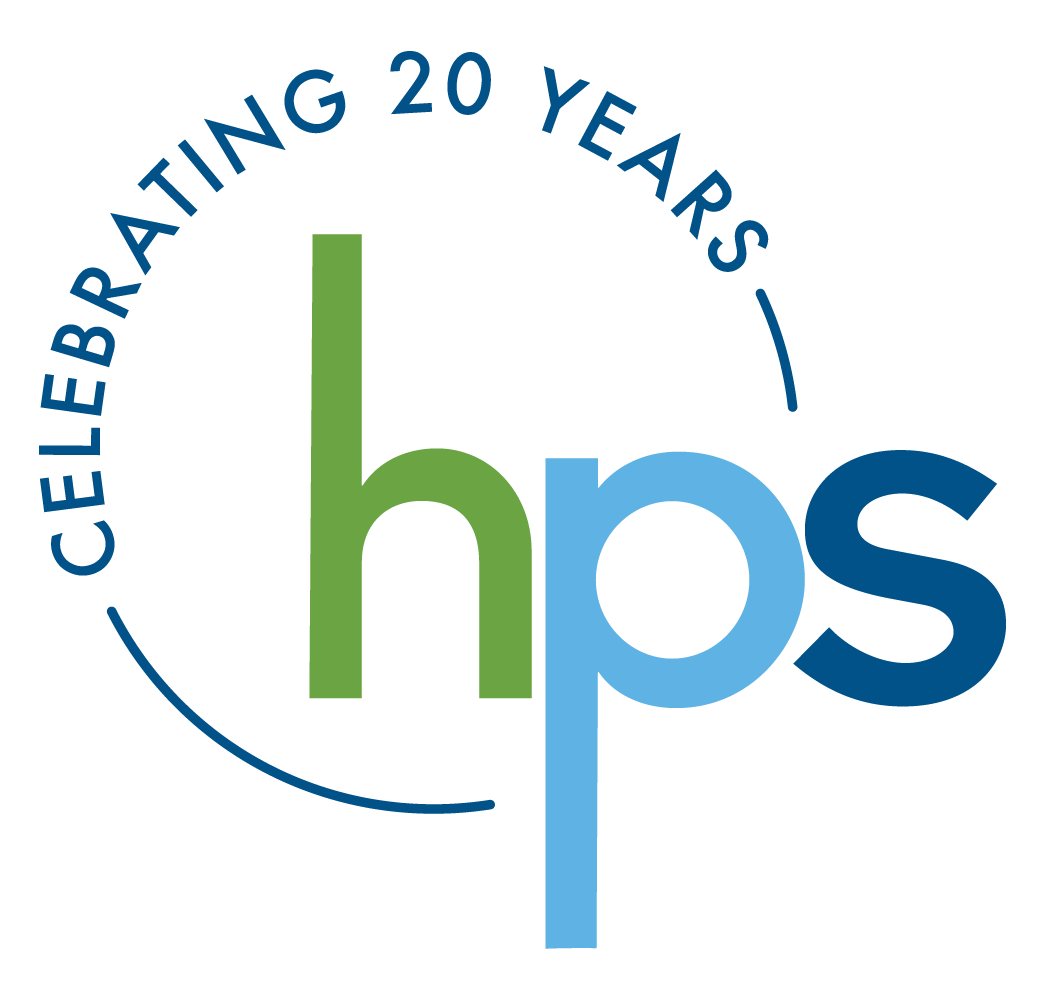U.S. Maternal Mortality Ranking Drives Two New Standards From The Joint Commission.
U.S. Maternal Mortality Ranking Drives Two New Standards From The Joint Commission.
Part 1 of 2: Review of Standard PC.06.01.01 Reduce the Likelihood of Harm Related to Maternal Hemorrhage
Maternal hemorrhage is one of the most important clinical issues in obstetrics today – and a not uncommon source of potential liability in obstetrical negligence litigation. Currently, the U.S. ranks 65th out of all industrialized nations in maternal mortality. This new standard,Reduce the likelihood of harm related to maternal hemorrhage, was based on recommendations from technical advisors, clinicians, and administrators and included extensive literature review. It contains seven elements of performance providing the requirement, rationale, and reference. We summarize these seven elements below:
Element 1 – Assessment: A Maternal Hemorrhage (MH) risk assessment must be completed upon admission to Labor & Delivery and Postpartum units to identify and prepare for patients at higher risk for MH.
Element 2 – Management: Written evidence-based procedures for stage-based management of patients experiencing MH developed by a multidisciplinary team are required. This includes a hemorrhage algorithm, immediately available medications, the activation of required team members, and blood bank response. Guidance on consultations and transfers and communication with the patient and her family, as well as criteria for team debriefing, should be contained in the procedures.
Element 3 – MH Supply Kit: To minimize delay in treatment, each obstetric unit is required to have a standardized, secure, dedicated hemorrhage kit in an easily accessible location. This kit, at a minimum, will contain emergency hemorrhage supplies and the organization’s severe hemorrhage response procedure.
Element 4 – Staff and Provider Education: Role-specific education for all staff and providers who treat pregnant/ postpartum patients must be provided at orientation, procedure change, or a minimum of every two years to encourage optimal teamwork in an emergency.
Element 5 – Drills: Multidisciplinary drills are to be conducted at least annually to practice skills, identify issues, weaknesses, and opportunities for improvement. The participation of multidisciplinary members in these drills is crucial to assess the response system.
Element 6 – Case Review: MH cases selected by hospital-established criteria must be reviewed to find errors, highlight successes, and identify improvement opportunities to design safe, effective procedures and processes.
Element 7 – Patient Education: To alert the patient to seek immediate care both during hospitalization and after discharge, hospital staff must provide education to both patients and families regarding signs and symptoms of MH. This includes the signs of possible internal bleeding, which patients may not consider as maternal hemorrhage.
Ultimately, implementing this Joint Commission standard is expected to improve maternal outcomes and reduce potential liability exposure for MH in obstetrical negligence cases. Significantly, this Joint Commission standard for hospitals is consistent with the American College of Obstetrics and Gynecology (ACOG) Practice Bulletin 183, October 2017, on Postpartum Hemorrhage. ACOG is the key resource for clinical practice guidelines for obstetricians and other women’s healthcare physicians. Hospitals and physicians can work together to implement these safer practices.
Many hospitals currently meet at least some of the requirements, such as orientation, education, having a dedicated MH supply kit, or case review after a maternal hemorrhage event. However, obstetrical units will need to assess the current status of MH management in place and update or create new processes, procedures and educational programming to incorporate all seven elements of performance and monitor adherence to them.
The complete prepublication version of this standard is available online until June 30, 2020. The new standard will appear under the Joint Commission’s “Provision of Care, Treatment and Services” chapter at PC.06.01.01 in theComprehensive Accreditation Manual for Hospitals.
Please click here to access the standards on the Joint Commission’s website.


